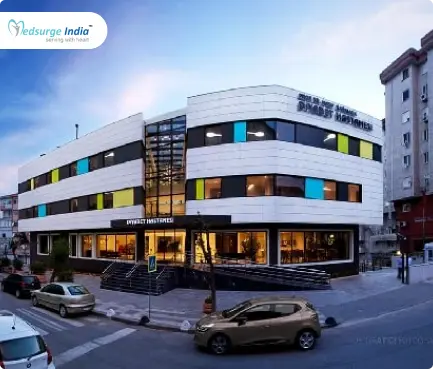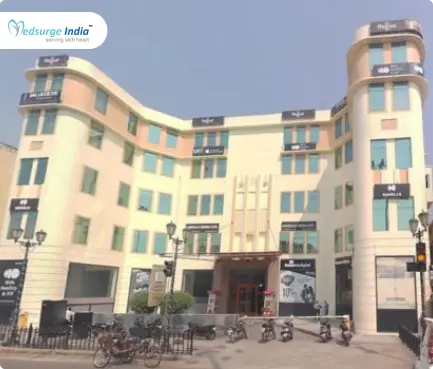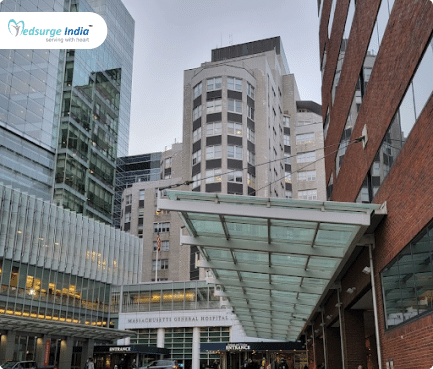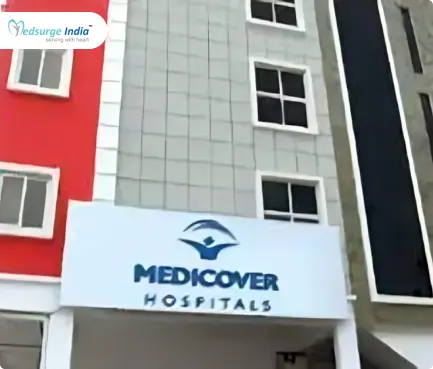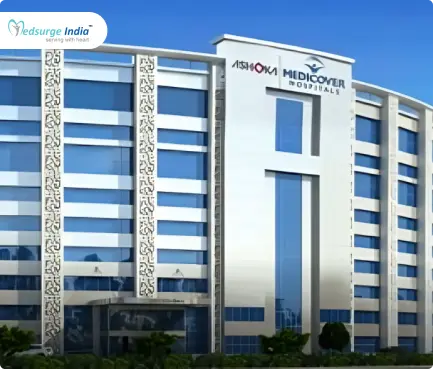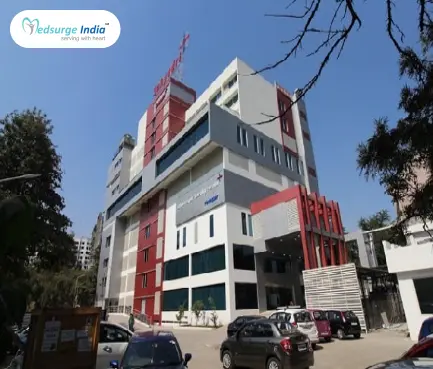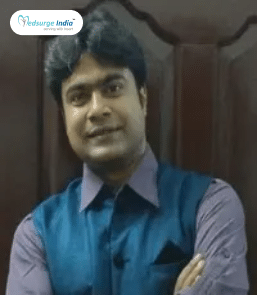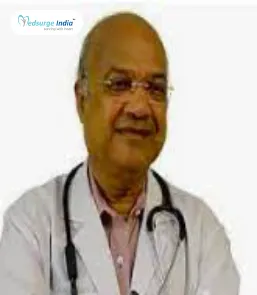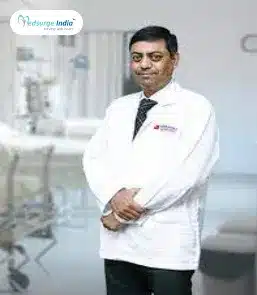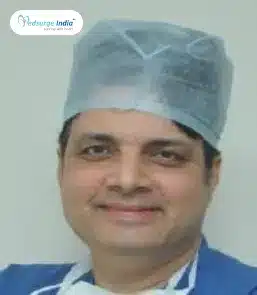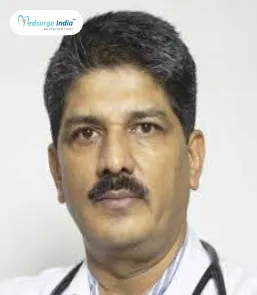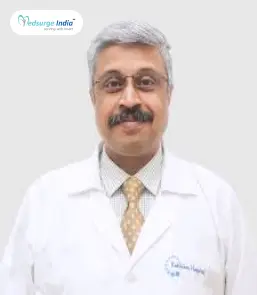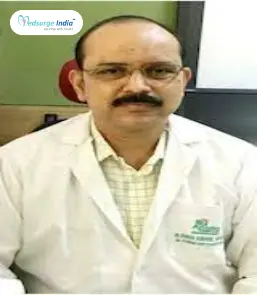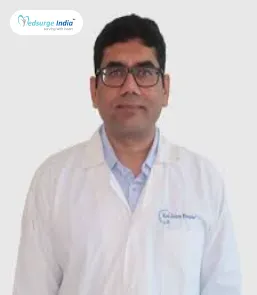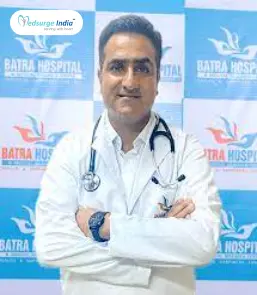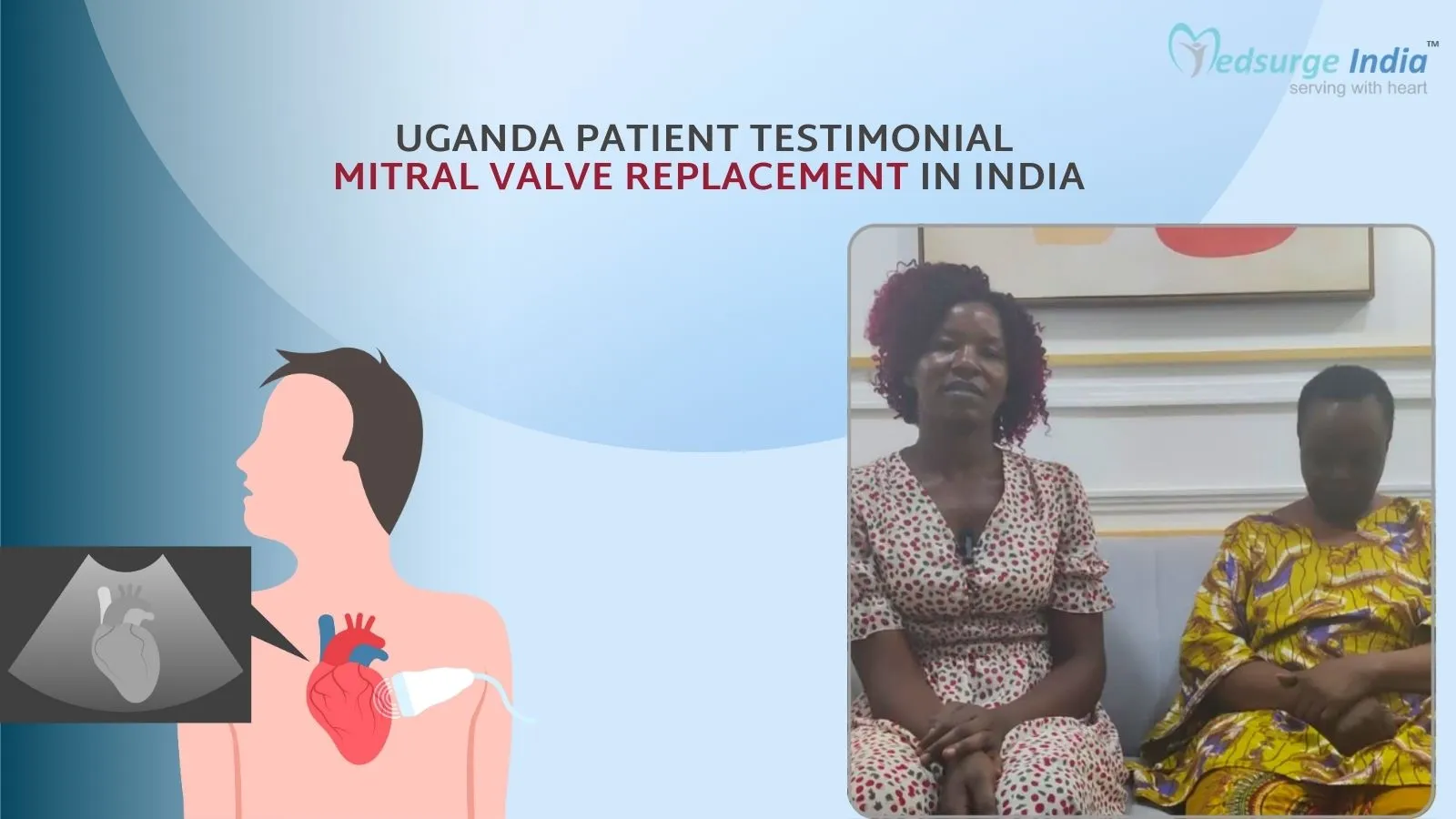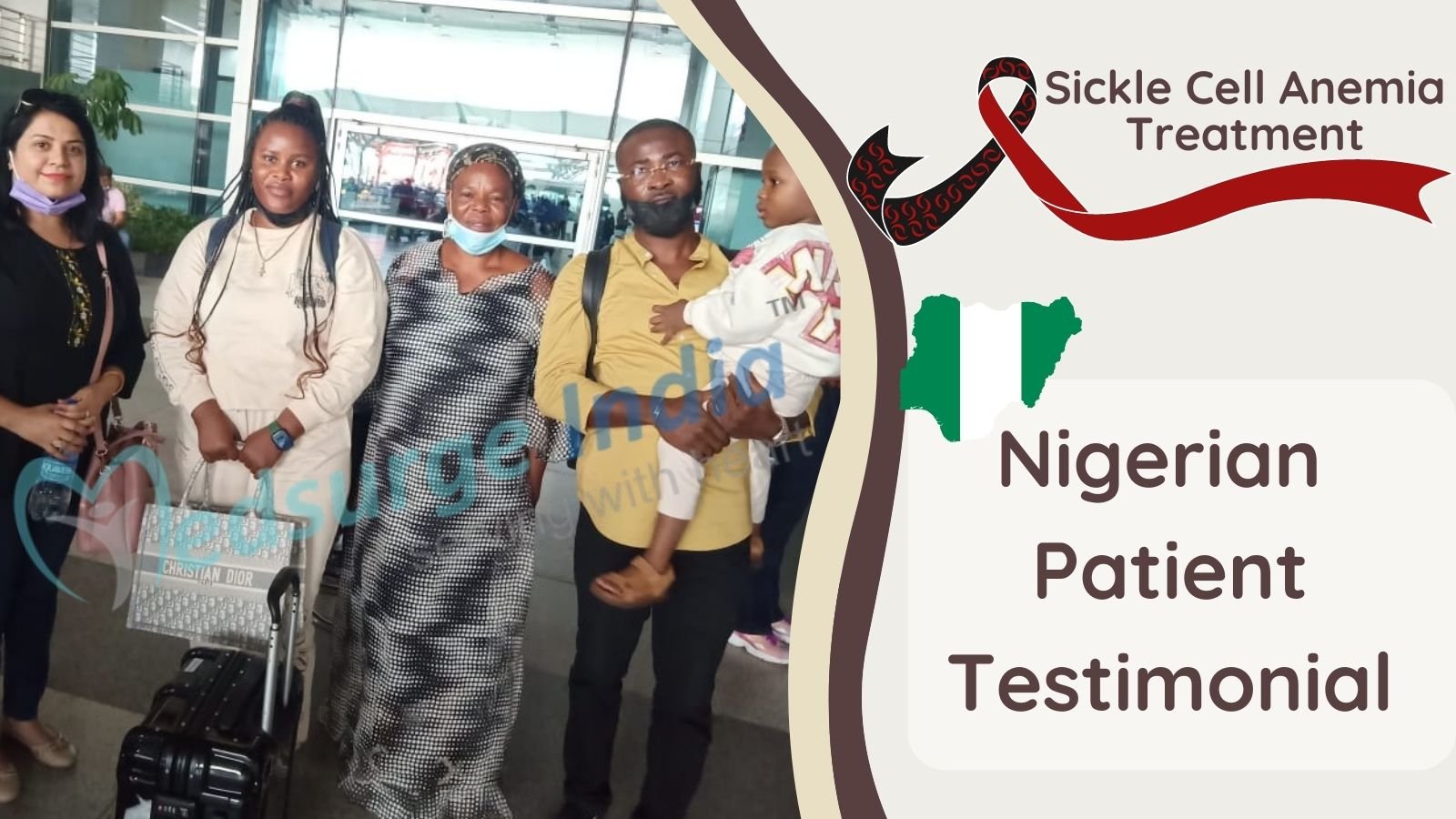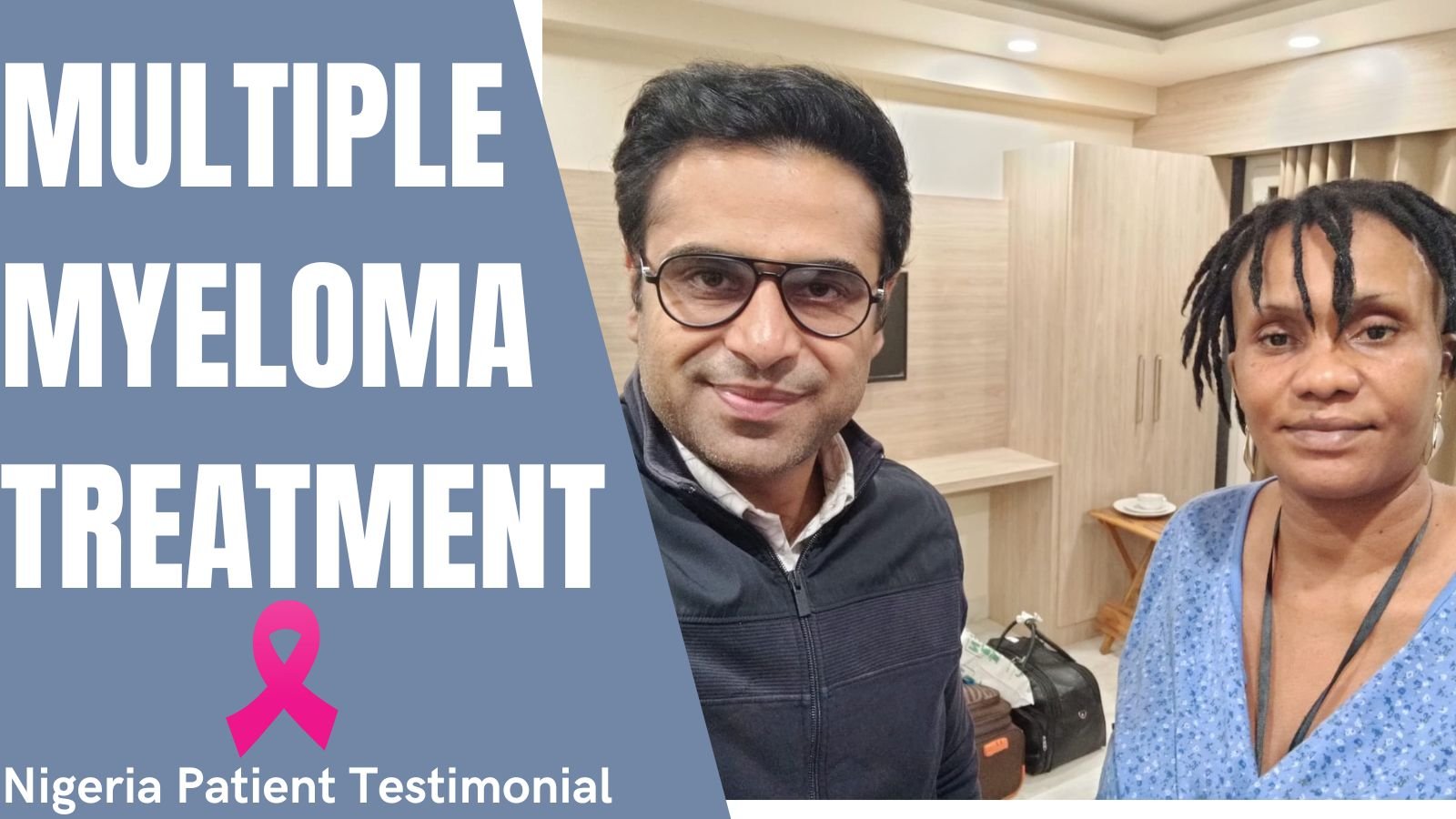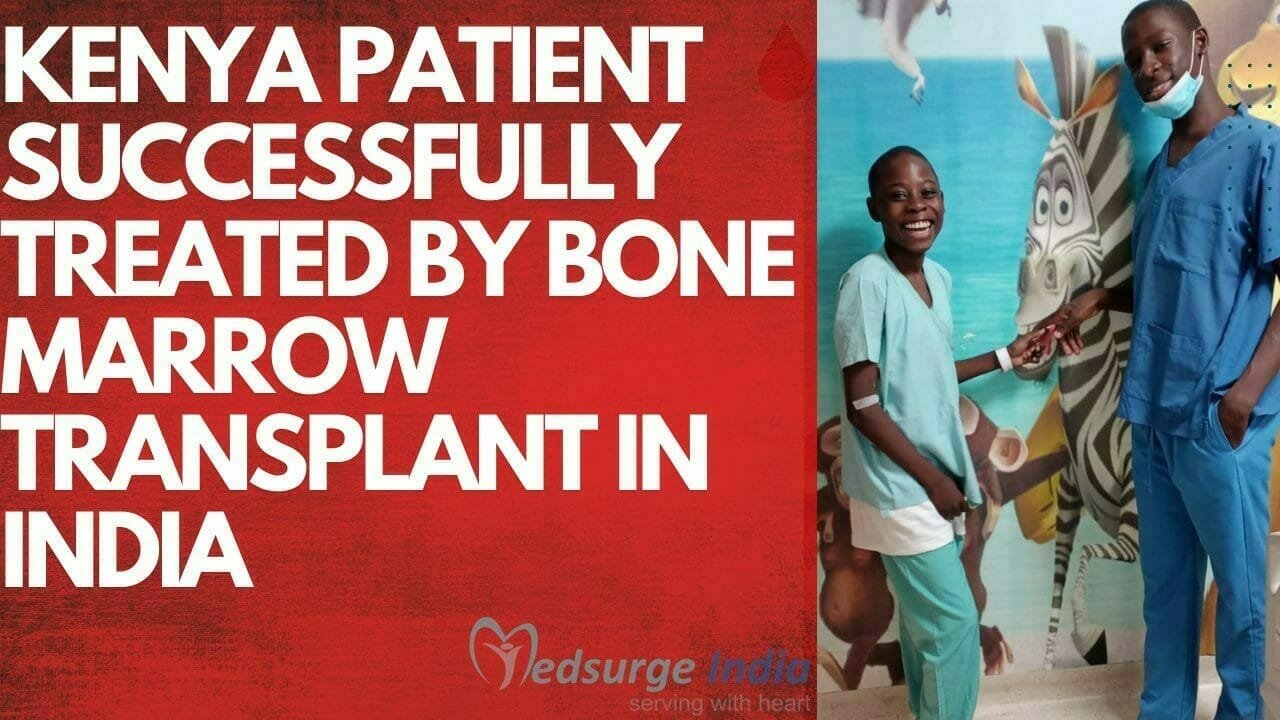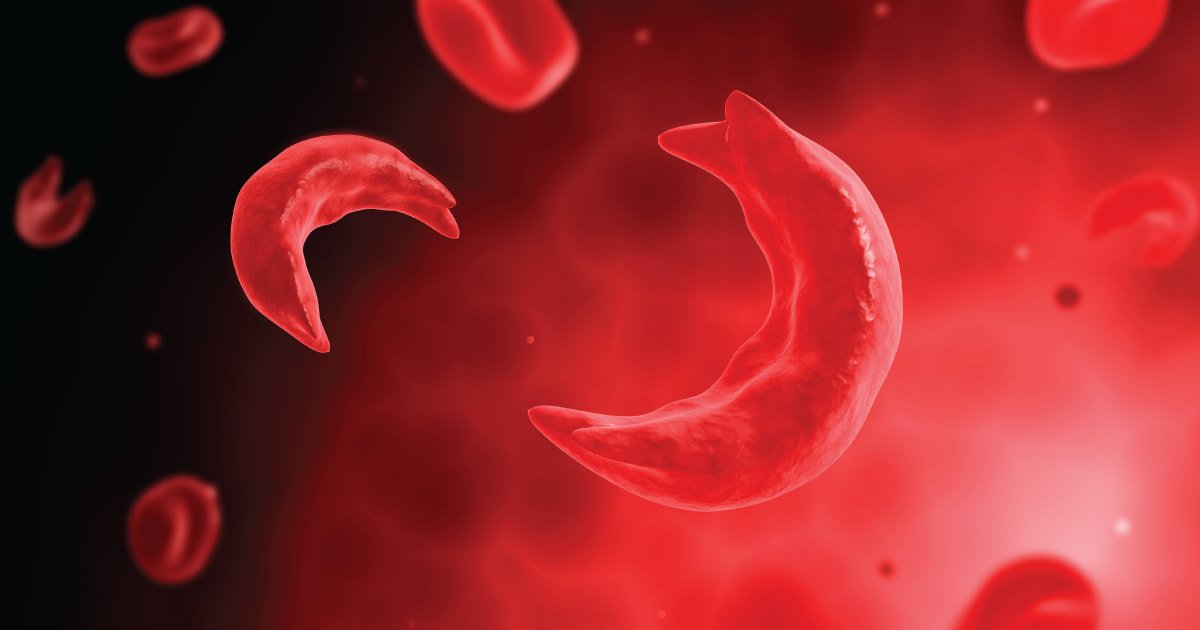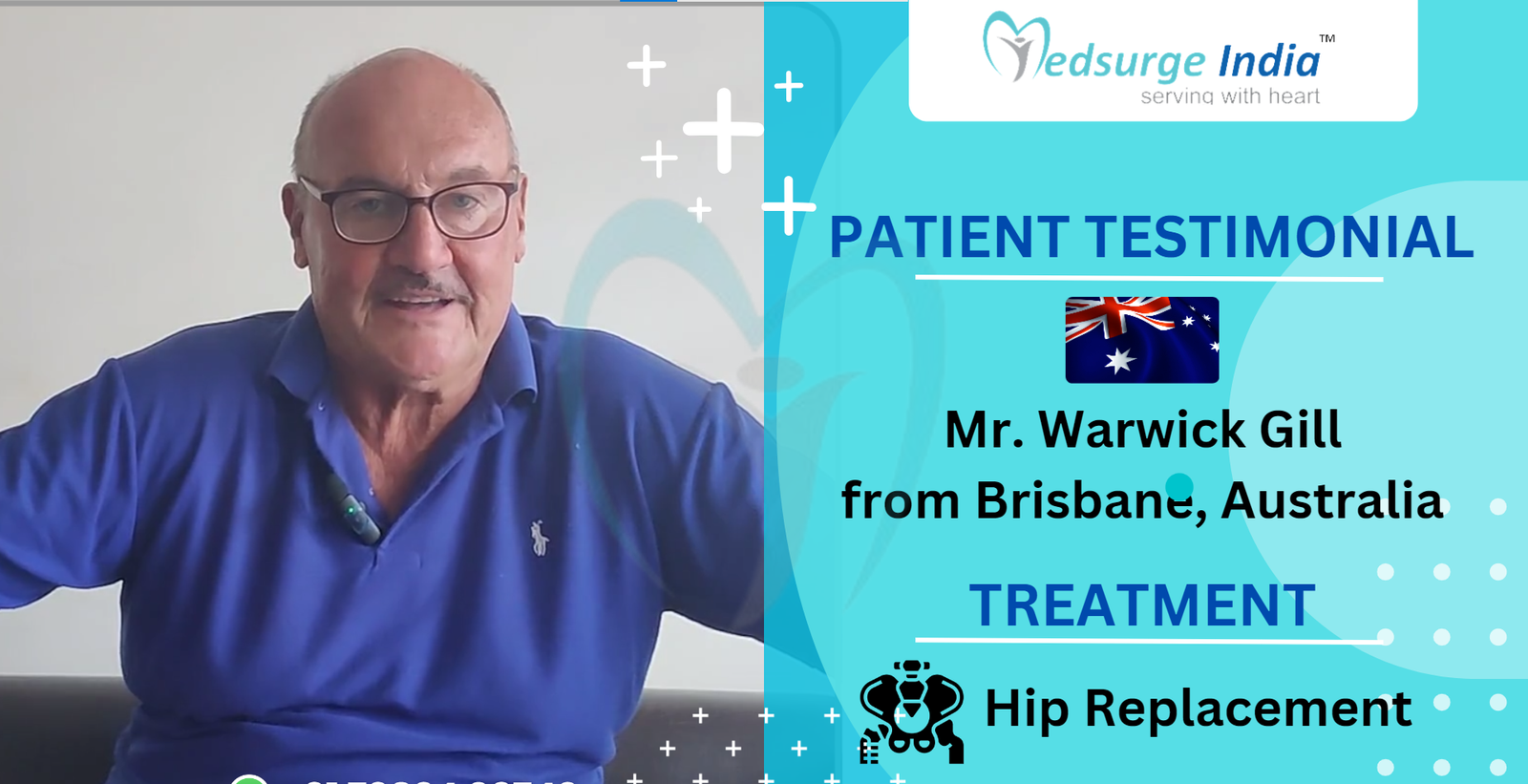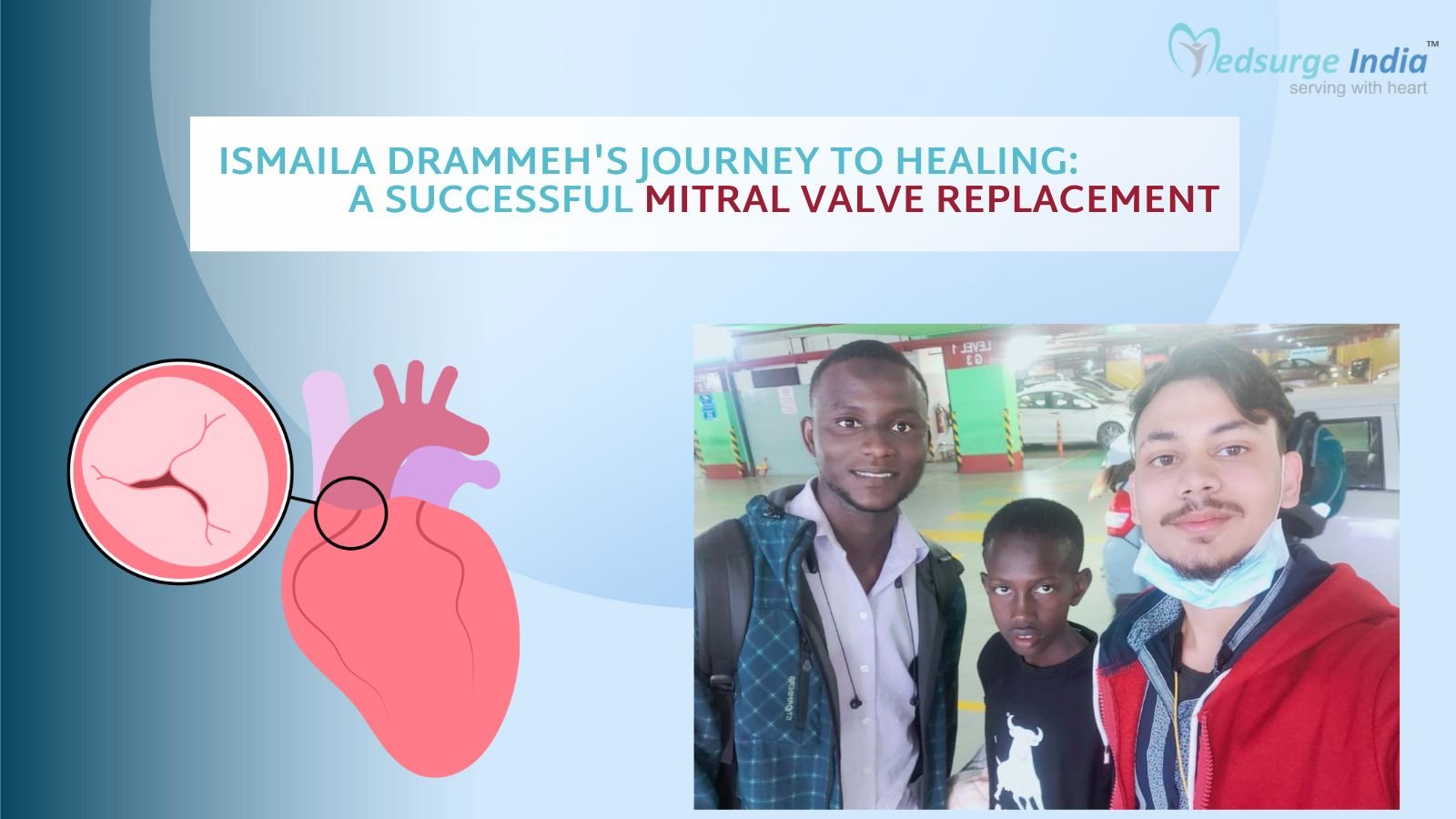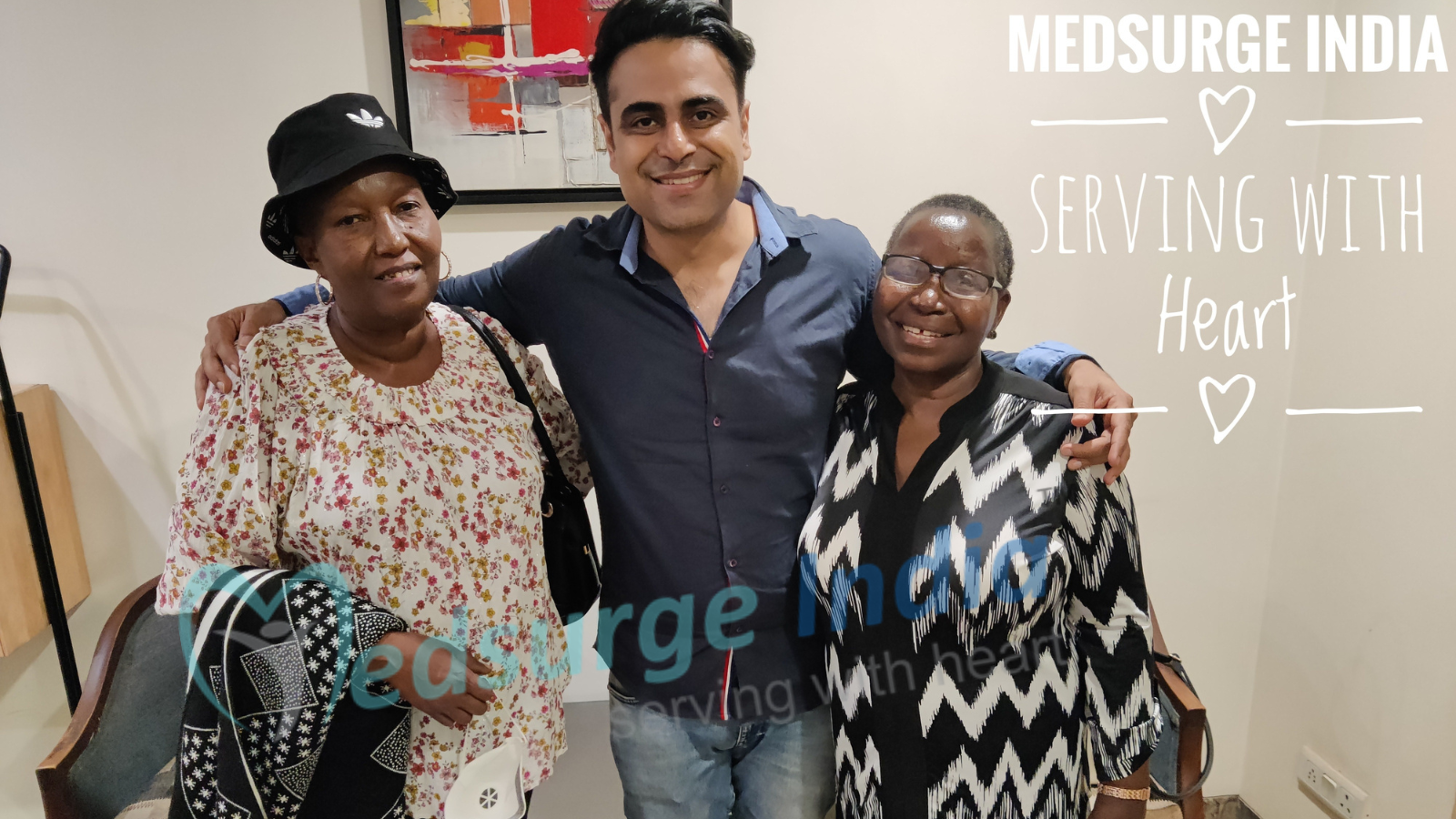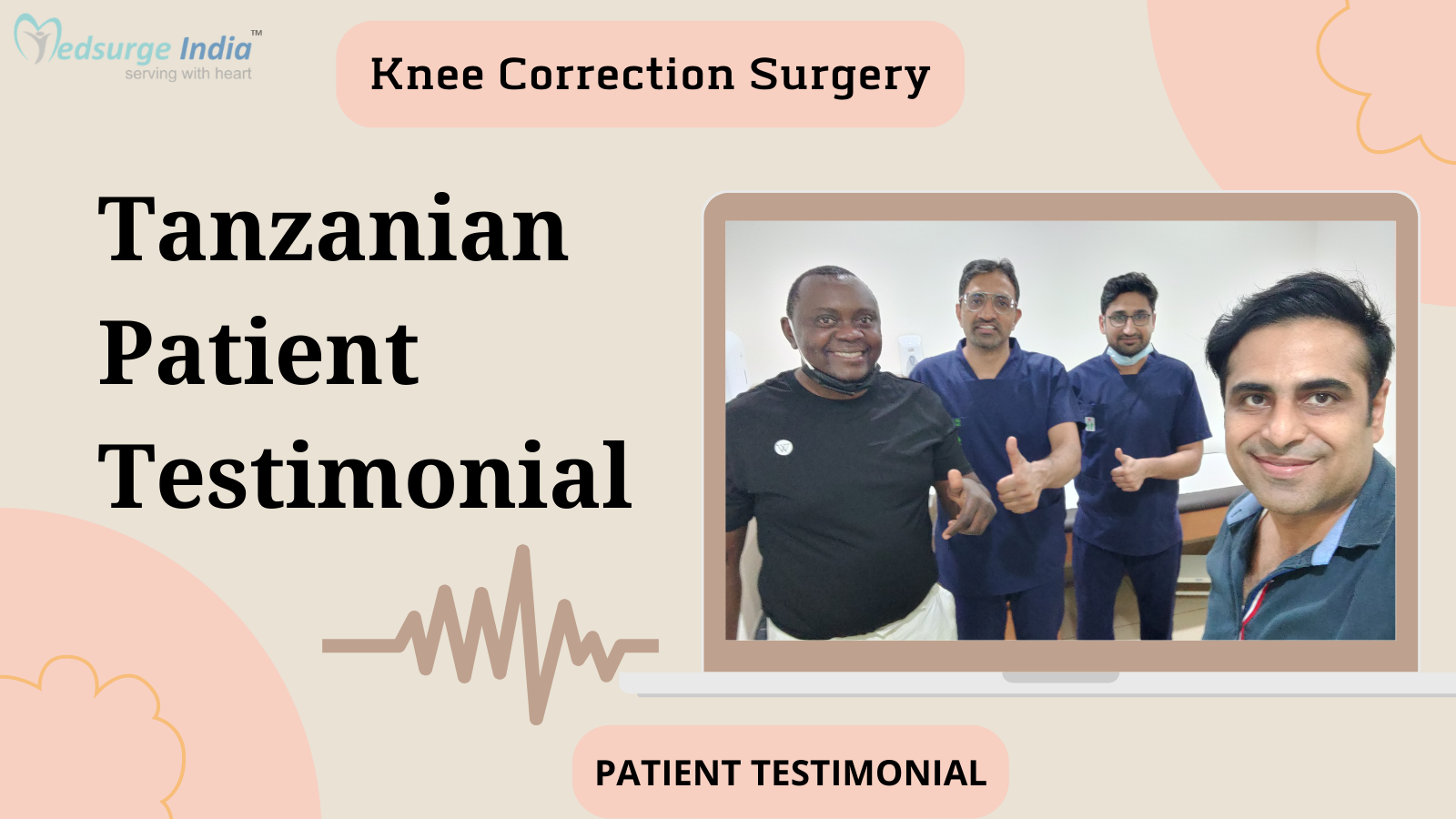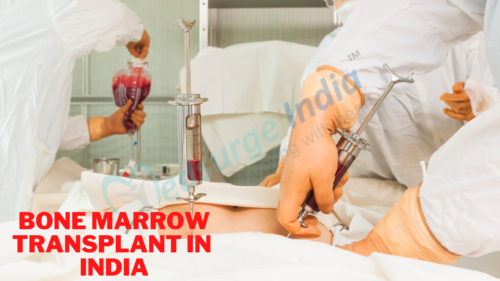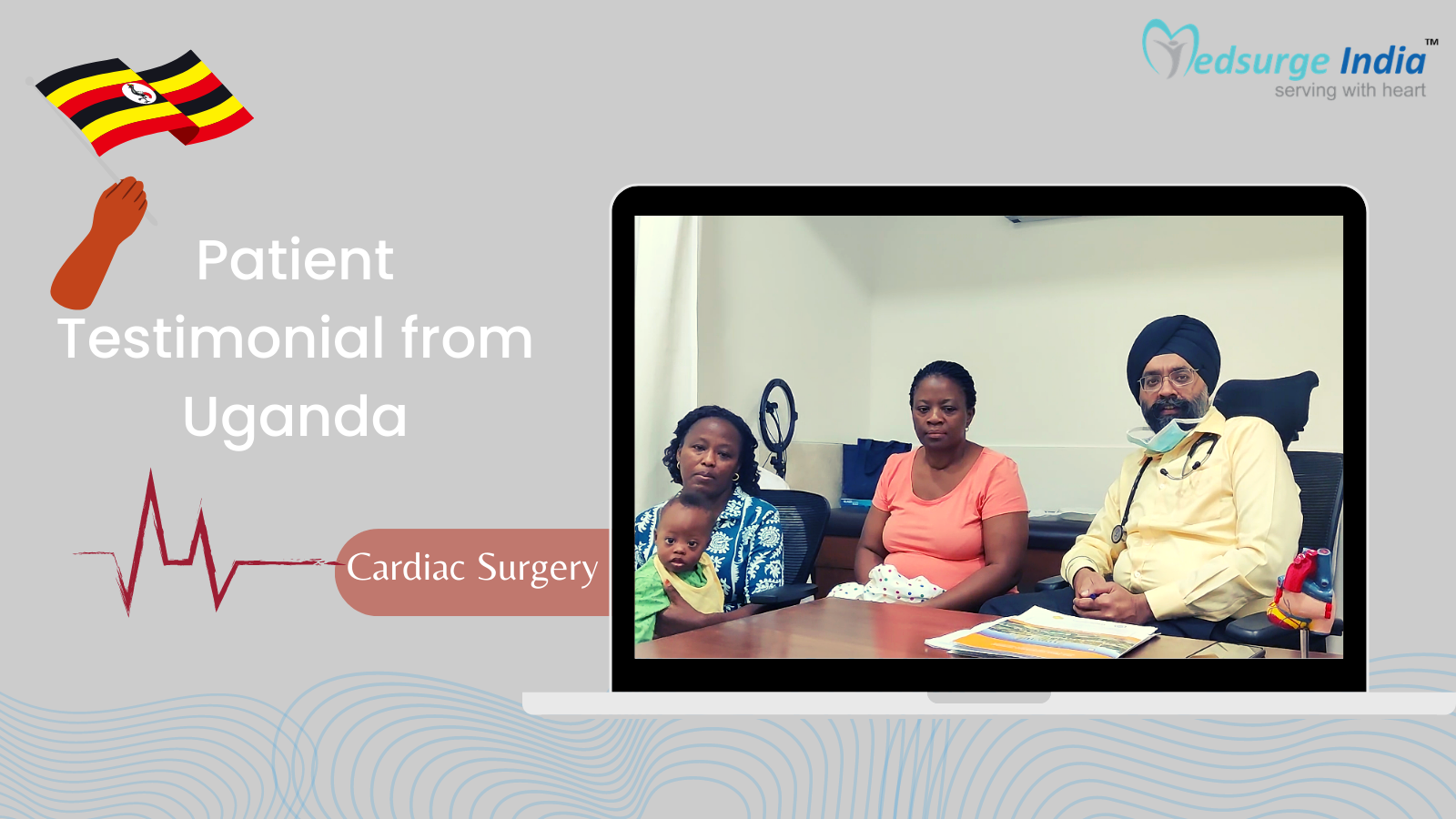
A pacemaker is a small electrical device that is implanted into the chest to control the pulse, which sends electric impulses to the heart muscle to maintain a suitable heart rate and rhythm.
Kinds of pacemaker
- Single chamber pacemaker: This Pacemaker has one lead that connects electrical impulses from the pulse generator to the one chamber of your Heart.
- Dual-chamber pacemaker: A dual-chamber pacemaker carries electrical impulses from the pulse generator to either the ideal ventricle or the perfect atrium of your center.
- Biventricular pacemaker: A biventricular pacemaker stimulates the lower chambers of the heart (the left and right ventricles) to make the heartbeat more efficient.
Indications for Pacemaker Implantation
A cardiologist might think pacemaker placement when drugs and other less-invasive processes aren’t capable of fixing heart issues, eg. Conditions such as:
- Bradycardia: A condition where the heart beats too slowly, causing symptoms like tiredness, dizziness, or fainting spells. Medicines used to control atrial fibrillation might cause slow rhythms that are treated by pacemakers.
- Atrial fibrillation: A common heart rhythm disorder in which the upper chambers of the heartbeat rapidly and chaotically. Medicines used to control atrial fibrillation may result in slow rhythms that are treated by pacemakers.
- Congestive Heart failure: A condition where the pulse isn’t enough to provide the standard quantity of oxygen and blood, a pacemaker may be carefully programmed to increase the force of muscular contractions in the center.
- Regular fainting spells (Syncope): A pacemaker can stop the heart rate from slowing to the point of passing.
- A dual-chamber pacemaker is required once the heart is too weak to keep up the time of the ideal atrium and ventricle.
Know More – Congestive Heart Failure Treatment Cost in India
Tests and Identification
- Medical background and Evaluation: The adviser requires a full medical history to check for symptoms.
- Imaging:
- Electrocardiogram
- Holter monitoring: Records your heart rhythms for an entire 24-hour period.
- Echocardiogram: Reveals the working of the heart, and listed images enable your physician to assess the dimensions and depth of your heart muscle.
- Stress evaluation.
Helpful –
Top 10 Cardiologists in India
Get Free Cost Estimation
Procedure
Ahead Procedure
- The cardiologist will discuss in detail the procedure
- Past and current medical problems and preceding Surgeries
- Preoperative evaluation to check fitness for Operation.
- Talk using a consultant if H/o allergic Response to anesthetics.
- Advised to stop specific medicines a couple of days Before operation.
- Quit smoking, eat a Nutritious Diet, and exercise regularly
Throughout Procedure
- The operation will take around 1-2 hours.
- The side of the torso along with the dual-chamber pacemaker is procured only beneath the skin.
- With the Assistance of X-ray imaging, the surgeon Guides two wires to the subclavian vein and sends them to their individual chambers in the center.
- The Leads are connected to the pacemaker and Analyzed.
- The surgical incision is then closed.
Once Procedure
- Track the vitals and be sure that the pacemaker is working correctly.
- You may feel some discomfort or pain in the starting 48Hrs of having surgery and you will be given pain relievers medicines or Injections.
- A pacemaker was added. This usually passes within some days.
- Antibiotics and painkillers are prescribed to combat infection and pain.
- Months are essential to learning whether pacemaker settings will need to be corrected
- Lifestyle changes, keeping a healthy weight, And exercise and routine follow-ups are essential for an enhanced outlook.
Though Rare Complications might include
- Pneumothorax
- Pericarditis
- Infection
- Lead dislodgement – normally happens within a couple of days after implantation of a permanent pacemaker and may be seen on the chest radiography.
- Struggling to output- This could be due to battery Failure, lead fracture, a fracture in direct insulation, oversensing, and inadequate lead link.
- Haemothorax
- Air embolism.
- Haematomas
Factors Impacting the Expense of Treatment of Pacemaker Implantation
Cost to the individual depends on a number of factors such as:
- The hospital patient selects
- Charges for the Group of physicians
- Price of medications, diagnostic and tests Process
- Price of process
- Price of pacemaker device
- Price of follow-up maintenance required
Read More – Heart Valve Replacement Surgery Cost in India
The Most Important Frequently Asked Questions
Q: What do you understand by a dual-chamber pacemaker?
A: A pacemaker that uses two leads implanted into the center is known as a dual-chamber pacemaker.
Q: Who does the pacemaker implant?
A: Pacemaker implantation is performed with a heart specialist, called a cardiologist.
Q: How does the pacemaker function?
A: It operates by producing electric impulses that are delivered to the ideal atrium and right ventricle of the heart, therefore stimulating contractions and enabling both chambers to keep the rhythm.
Q: What are the components of a dual pacemaker?
A: The most important body of a dual-chamber pacemaker, known as the generator, is generally less than two inches in diameter. The battery-powered generator has a memory chip that stores data and signs the release of power. Two-wire leads operate from the generator into the center
Q: Can there be hospitalization mandatory after the pacemaker implantation process?
A: Yes, hospitalization is mandatory as the pacemaker generally takes seven to ten decades, based on its frequency how it’s used, after the battery burns.
Q: what’s the difference between single and double chamber pacemakers?
A single chamber pacemaker it’s a rather straightforward process, and the processing time is shorter. A double room device is much more complex and requires more experience.
Q: Will I need to find the pacemaker replaced once it finishes its battery lifetime?
A: If a battery of a pacemaker goes a surgeon may implant a brand new generator and then reconnect the cables which are already existing.
Q: How much time will the operation take?
A: Largely, a dual-chamber pacemaker operation takes approximately 1-2 hours.
Q: what’s the prognosis of owning a dual-chamber pacemaker?
A: Double chamber pacemaker can coordinate work involving the atria and ventricles. It stimulates both the upper and lower chambers of the heart and more closely approximates the normal heartbeat. After pacemaker implantation patients greatly improve in symptoms and with an increase in life expectancy.
Q: How soon can I start driving after pacemaker implantation?
A: you can begin driving again after a week so long as you do not have any signs, like nausea or tingling, which would affect your driving.
Q: Will I be able to feel the pacemaker?
A: Modern pacemakers are very small and they are almost properly masked by the chest tissues and are comparatively noticeable.
Q: How long until I could combine back do the job?
A: Individuals who have had a pacemaker fitted are counseled to take 4-7 days away, but may also be dependent on the sort of job that you perform.
Q: When would I be able to do the exercise?
A: You need to be able to perform most tasks four to six months after your pacemaker fitted. Nonetheless, in playing contact sports like soccer or rugby, it is important to prevent accidents.
Q: Will my stitches get removed?
A: This depends upon the type of stitches used. Many physicians utilize soluble stitches that dissolve by themselves.
Q: If is follow-ups advocated after pacemaker implantation?
A: You will need follow-up appointments every 3-12 weeks for the remainder of your life. During the consultation, the technician or physician will assess the discharge speed of your pacemaker, assess the potency of the electric impulse, and document the impacts of the urge
Q: When is it safe to fly after pacemaker implantation?
A: If there are not any additional symptoms then you may safely fly inside a week of pacemaker implantation.
Q: Will my pacemaker get affected by electrical components?
A: Many ordinary household electric equipment is safe to use and will not interfere with your pacemaker
- Mobile telephones: It is safe to use a cell phone, but be certain to maintain it longer than 15 centimeters out of the pacemaker
- MRI scans: MRI scanners are not usually used for individuals with pacemakers since they create powerful magnetic fields; MRI-safe pacemakers and implantable cardioverter defibrillators (ICDs) are becoming more prevalent;
- TENS machine: It should not be used without consulting your pacemaker practice or maker
- Lithotripsy: This remedy for kidney stones have to be prevented if you’ve got a pacemaker fitted
- Prevent wearing magnetic bracelets and magnets close to your chest.
Q: Do I want to take a yellow fever vaccination certificate once I travel to India?
A: Yes, you want to carry valid yellow fever if you’re traveling out of Africa, South America, or other regions where yellow fever is located. This principle applies to both adults and kids.
Q: Could I get a visa on arrival if I visit India for my remedy?
A: Yes, if you are from the following countries, namely, Japan, Cambodia, Finland, Indonesia, Philippines, Luxembourg, Myanmar, New Zealand, Singapore, South Korea, and Vietnam. Travelers from Bhutan, Nepal, and Maldives (up to 90 days) can enter India without a visa.
Q: What are the eligibility requirements for a medical visa to India?
A: If you’ve got a valid passport and visa and are looking for medical care in a reputed and recognized hospital in India then you may apply for a medical visa to India. Up to two attendants that are blood relatives may accompany the individual under different attendant visas.
Q: Any particular precautions with airport safety following pacemaker implantation?
A: Yes, beneath given are precautions demanded:
- Carry your pacemaker identification card and tell security staff you have a pacemaker implanted.
- Hand-held metal sensors should not be put right over your pacemaker
- Prevent lingering around safety apparatus, simply pass it.
Top Hospitals for PPI-Permanent Pacemaker Implant – Double Chamber in India
Top Doctors for Cardiology And Cardiac Surgery
Dr. Manujesh Bandyopadhyay
Senior Consultant
Experience: 15+ years of experience
Narayana Multispeciality Hospital, Andul Road, Howrah
Howrah, India
Dr. Sunil Gouniyal
Senior Consultant
Experience: 26+ years of experience
NH MMI Narayana Superspeciality Hospital, Lalpur, Raipur
Raipur, India
Dr. Kailash A Jain
Senior Consultant DNB, MS, MBBS
Experience: 16 years of experience
Chennai, India
Dr. Vishanji Karani
Consultant
Experience: 28 years of experience
Care Hospitals, Banjara Hills, Hyderabad
Hyderabad, India
Dr. Mohd Maqbool Sohil
Experience: 11+ years of experience
Narayana Multispeciality Hospital, Rakhial, Ahmedabad
Ahmedabad, India
Dr. Vikranth Veeranna
Consultant
Experience: 18 years of experience
SS SPARSH Hospital (Mysore Road) Bangalore
Bangalore, India
Dr. Muthu Jothi
Consultant
Experience: 26 years of experience
Indraprastha Apollo Hospital New Delhi
Mathura, India
Dr. Sunil K Kaushal
Director
Experience: 25 years of experience
Fortis Escorts Hospital Jaipur
Jaipur, India
Dr. Pradeep Nayak
Senior Consultant
Experience: 17 years of experience
Dharamshila Narayana Superspeciality Hospital New Delhi
New Delhi, India
Dr R Sekhar
Consultant
Experience: 12 years of experience
Kokilaben Dhirubhai Ambani Hospital Mumbai
Mumbai, India
Dr. Vishal Rastogi
Senior Consultant
Experience: 19 years of experience
Fortis Escorts Hospital New Delhi
New Delhi, India
Dr. Kumar Rajeev
Consultant
Experience: 11 years of experience
Reliance Hospital, Navi Mumbai
Mumbai, India
Dr. Raghavendra Chikkatur
Consultant
Experience: 27 Years of Experience
BGS Gleneagles Global Hospital, Bangalore
Bangalore, India
Dr. Pawan Zutshi
Consultant
Experience: 11 years of experience
Metro Hospital and Heart Institute, Noida
Noida, India
Dr. Pravin Kahale
Consultant
Experience: 11 years of experience
Kokilaben Dhirubhai Ambani Hospital Mumbai
Mumbai, India

